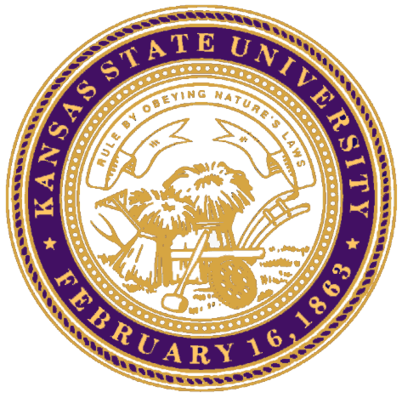Combining theory and data analysis to shift paradigms within cosmology
Despite centuries of research, there still is much to know about the nature of the Universe. In fact, current understanding comprises less than 5% of the cosmological energy budget. Dr. Bharat Ratra, of Kansas State University, is a physical cosmology theorist working to find out what makes up the unknown 95% of the Universe's energy budget. His 1988 discovery, with Dr. Jim Peebles, of Princeton University, of dynamical dark energy models set him on a quarter century odyssey of using observational data to judge dark energy models. Fantastic improvements over the last decade in the quality and quantity of observational data indicate that this process is culminating. In addition, he uses novel techniques to analyze large data sets to extract reliable measures of cosmological parameters such as the Hubble constant, and has also studied the generation, evolution and consequences of a large-scale cosmological magnetic field. His research holds promise for shifting the ways in which cosmology is understood.
The implications of the dark energy research Dr. Ratra is involved in are revolutionary within physics. Understanding dark energy and dark matter will lead to a factor of 20 increase of our physical world, measured in terms of the energy budget, which would be unprecedented in the modern era. In addition, the late 1990's discovery of accelerated cosmological expansion, which strongly hints at the need to improve upon either quantum mechanics or general relativity or both, will likely prove to be the beginning of another paradigm-shifting revolution in physics.
Dr. Ratra has written over 90 scholarly publications, which have been cited more than 10,000 times in scientific literature. As a theorist that has more experience working with data than most theorists, Dr. Ratra has a niche that has allowed him to make some interesting discoveries. For example, he and his collaborators work using median statistics to determine the Hubble constant has resulted in perhaps the most robust estimate of the Hubble constant to date and that can be used in conjunction with other data to help pin down other parameter values, such as the dark energy density parameter or the number of light neutrino species.
Current research includes:
-
Dark Energy Models: Dr. Ratra continues to work within his original area of expertise, dark energy models, by using observational data to judge them.
-
Large Data Sets: Dr. Ratra devotes much of his time to somewhat unconventional data analysis techniques applied to large data sets. For example, he and his collaborators have thrice estimated, using median statistics, what they believe is the most robust and reliable estimate of the Hubble constant -- which is the current cosmological expansion rate.
-
Cosmological Magnetic Field: Dr. Ratra studies the generation, evolution, and consequences of a primordial, very large scale, weak cosmological field. Dr. Ratra's research focusses on a new model, an extension of the standard models of cosmology and particle physics. In the near future new observational data could conclusively establish that such a magnetic field exists and can help shed light on the path we need to follow to extend the standard models.
Bio
Bharat Ratra, professor of physics, works in the areas of cosmology and astroparticle physics. He researches the structure and evolution of the universe. Two of his current principal interests are developing models for the large-scale matter and radiation distributions in the universe and testing these models by comparing predictions to observational data.
In 1988, Dr. Ratra and Dr. Jim Peebles proposed the first dynamical dark energy model. Dark energy is the leading candidate for the mechanism that is responsible for causing cosmological expansion to accelerate. The discovery that cosmological expansion is accelerating is one of the most significant scientific discoveries of the last quarter of a century. Dr. Ratra has received more than $7 million in individual and collaborative grants, largely from the Department of Energy and the National Science Foundation. Dr. Ratra was a National Science Foundation CAREER award winner in 1999. He was named a fellow of the American Physical Society in 2002 and a fellow of the American Association for the Advancement of Science in 2005. He received the 2012-2013 Commerce Bank Distinguished Graduate Faculty Award at Kansas State University.
In his free time, aside from research, Dr. Ratra enjoys spending time with his 17 year old son and therefore stays busy adventuring across the country. His active lifestyle includes hiking, backpacking, visiting National Parks. In addition, Dr. Ratra has a diverse love of music ranging from Bob Dylan to jazz.
Website: http://www.phys.ksu.edu/personal/ratra/ & http://www.k-state.edu/media/mediaguide/bios/ratrabio.html


